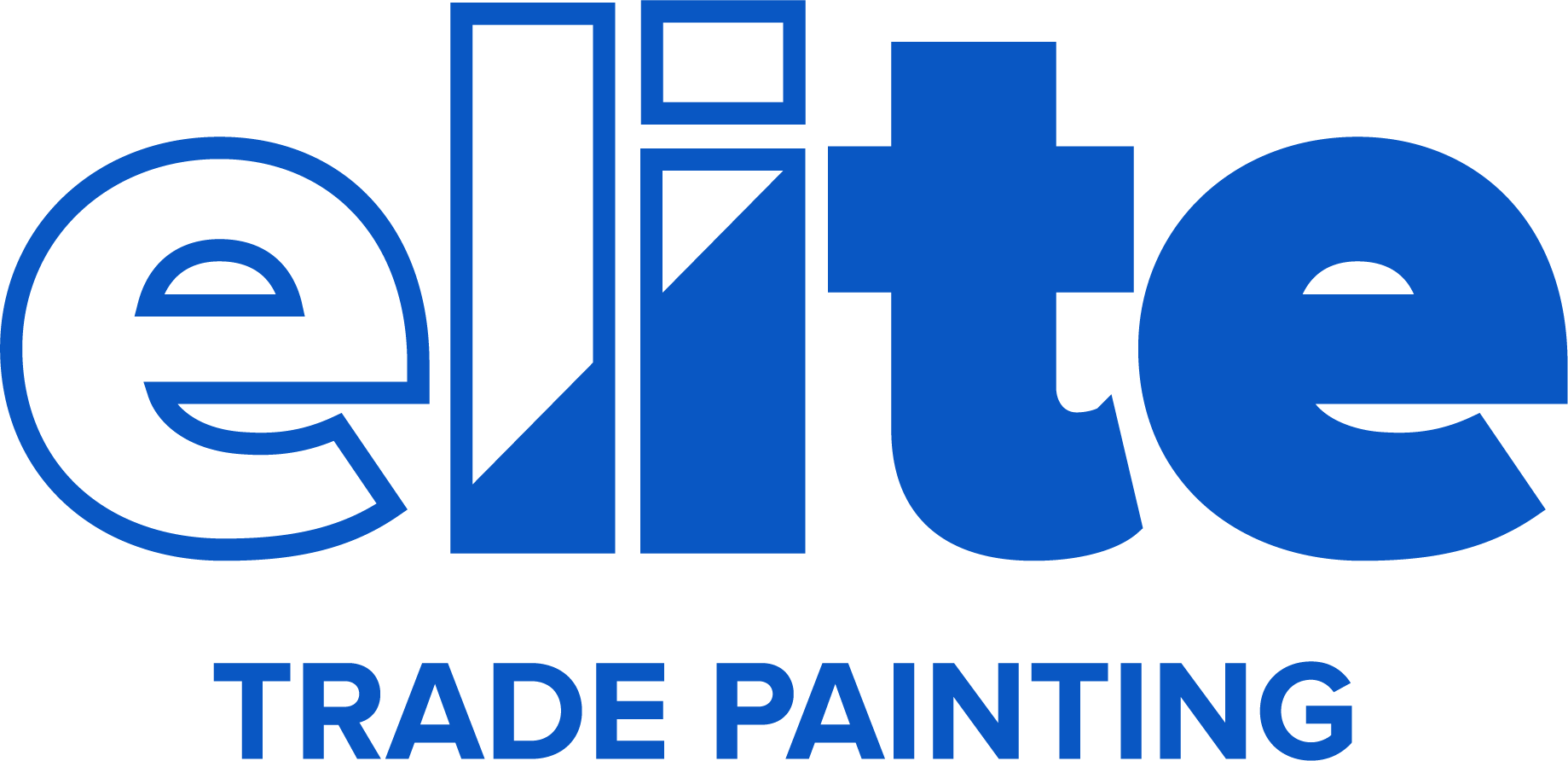How to decide on a paint product for your painting project: The various qualities of paint and how they impact performance and appearance
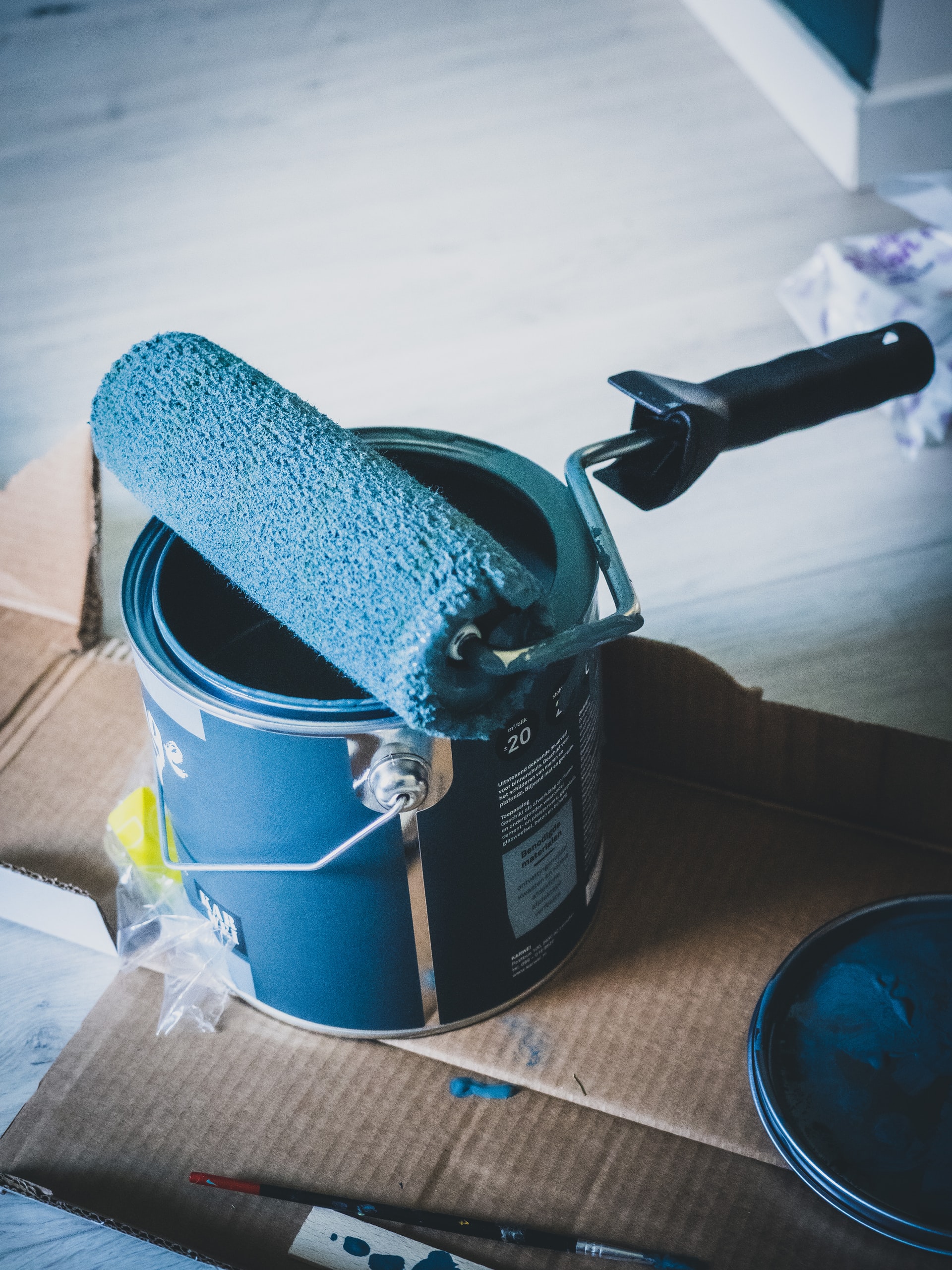
Welcome to Elite Trade Painting’s continuation of the blog post, ‘How to decide on a paint product for your painting project.’ This is the second part so if you missed our first check it out on our website’s blog page or through this quick link. This time around we’ll be discussing how all the diverse aspects of a paint’s chemical make-up can influence its final physical characteristics.
A selection of the main elements of paint and their impact
You might be surprised to learn how many different factors can affect a paint’s physical qualities. Making paint may not be rocket science but it’s certainly a chemical science of sorts. Factors that influence a paint’s physical qualities commonly include VOC content, pigments, chemical profile of the resin, sheen level, titanium content, and drying time.
VOCs
In the world of paint, VOC stands for ‘volatile organic chemical’. From a purely scientific standpoint this means a couple of things. A volatile chemical compound is one that quickly evaporates while an organic chemical compound is one that usually contains numerous hydrogen-carbon bonds.
Therefore, a volatile organic chemical is both of these at once. Volatile organic chemicals are often scented or ‘smelly’. This is because when compounds evaporate and move disperse through the air as a vapor, they enter our nasal passages and trigger our smell-receptors.
While many VOCs are not harmful, many of the traditional VOCs found in paint products can cause irritation in our mucous membranes (eyes, ears, mouth, throat, lungs) and in cases of severe exposure they can cause nerve distress or damage.
When mitigated properly with appropriate equipment, good air flow, and careful attention, painting with high-VOC products doesn’t have to be dangerous.
However, because of these potential risks many companies have been moving away from using heavy amounts of VOCs in their products. Most paint companies now offer a ‘zero-VOC’ option in at least one of their paint product lines, especially for those used inside the home.
It’s important to note that most paint products will not end up being truly ‘zero-VOC’ by the time they are ready for use. Oftentimes the paint pigments themselves will have small amounts of VOCs. Pigments aren’t added until the paint is purchased so while the paint is on the shelf at the store or logged in their website it can be marketed as ‘zero-VOC’.
However, the levels of VOCs contained in these low-VOC products are still far safer than their high-VOC alternatives.
Pigments and titanium content
Speaking of pigments, these are also a significant component of paint. Having just touched on the VOC role of paint pigments we can now discuss what the main role of pigment is: colour.
When we think of paint we think of nothing if not paint colours. The colour you select for your painting project will ultimately be brought to life by the pigments. Colour is what creates the base of a room’s personality, mood, and atmosphere.
Choosing a colour is often the part of the paint selection process that people are the most concerned with. Should you follow trends? Should you do something bold? Our advice is simple: go with what you love. Picking a colour that speaks to you is the best way to ensure you’ll be happy with your living space for years to come.
Titanium content is a quality that’s closely related to pigments because titanium dioxide is itself, a white pigment. However, it’s a pigment with a different purpose than creating distinctive colours. Titanium dioxide has taken the place of lead in modern paints.
It serves to create durability, washability, and increased opacity in paints. It also brings a stronger presence of whiteness into the paint base – a quality that brings out the vibrancy from other coloured pigments. Higher titanium dioxide content indicates a stronger product that will result in brighter colours, and better coverage.
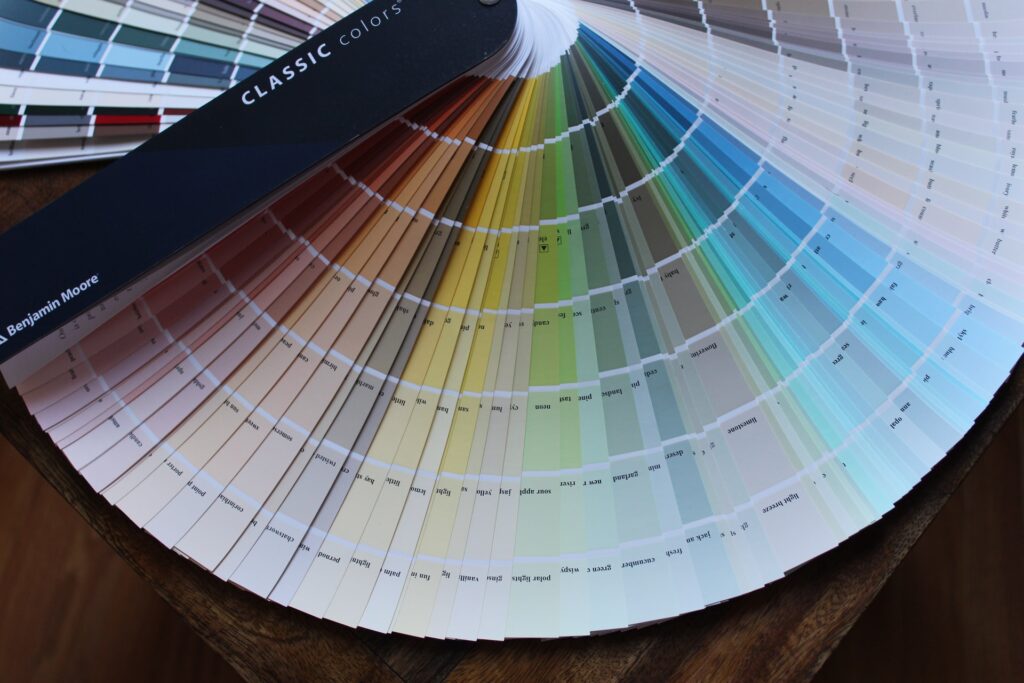
Resins
Resins are a group of polymers that play an important role in the composition of every paint product. Also called the ‘vehicle’, resins form a matrix within the paint that serves to evenly disperse the pigments and hold them in place. They also serve as a binder, helping the paint adhere to the surface on which it’s applied.
Resins come in different chemical profiles and each profile has a different intended purpose in terms of appropriate surfaces and coating characteristics. Acrylic resins are the standard resins used in paints meant to be applied to most surfaces in and out of the home and other buildings.
Surfaces such as walls, ceilings, trim items, siding, etc. While not as physically durable they’re relatively inexpensive, dry quickly, and have decent water/chemical resistance. Many latex and other water-based paints fall into this resin category. Another common, but slightly more physically durable, resin used in and around homes and other buildings is an alkyd resin.
Alkyd resins are great for paint going in higher touch areas and surfaces like doors, trim items, or cabinets. One of their largest disadvantages, however, is that they can have poorer water and chemical resistance. Polyurethane/urethane resins are another common class of resin. These resins are usually hardier and have higher resistance and toughness.
This makes them ideal for coating metal, plastics, wood, and areas exposed to very high traffic or harsh conditions. Epoxy resins are a class of resins that boast durability and resistance over anything else. These resins are often go-to for industrial protective coatings. Around the home they can be used on garage floors or driveways.
Sheen
Now that we’ve covered both pigments and resin, we can discuss the paint quality that arises at their intersection: sheen level. The sheen level of a paint is basically how reflective or ‘shiny’ it will be. The specific ratio of resin to pigment, also known as pigment-volume concentration (PVC), determines how light reflects off the dried paint product.
With less resin in the mix the grains of pigment become more exposed on the paint’s surface. These exposed grains promote the uneven scattering of light post-contact, resulting in a poor reflection.
Therefore, the higher the sheen, the higher the ratio of resin to pigment, and the more reflective the paint. In order of least reflective to most reflective, paint sheens usually go something along the lines of: flat/matte, eggshell, pearl/satin, semi-gloss, high-gloss.
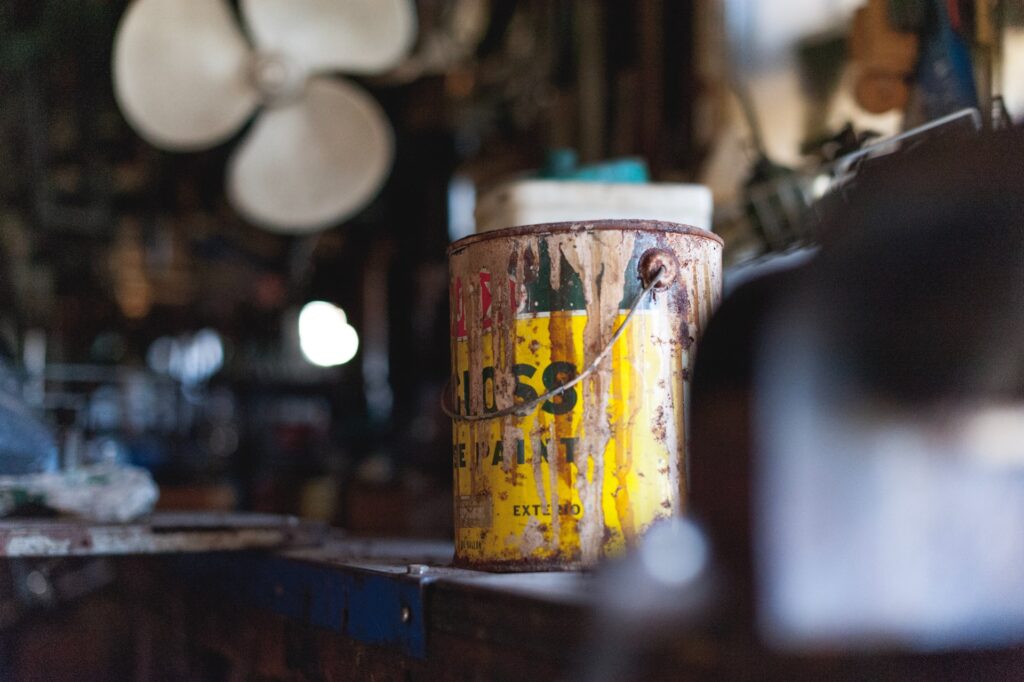
Drying speed
Drying speed is a quality that should be considered when looking at the overall size of a surface. Paint should remain wet while it’s still being applied and/or worked with. If the paint product begins drying in the middle of application, it can result in wet paint being applied over partially dried paint. This leads to uneven coverage and inconsistencies in the sheen. It’s one of the common causes of what painters call ‘flashing’.
The larger the section of surface area being covered, the higher the risk of the paint beginning to dry before the whole surface has been coated in an even layer. Usually, this is only of significant concern with large walls or long continuous boards and trim items.
In this case, it’s advised to use a paint with a longer drying time or an application method that allows for a thicker layer of paint to be applied to the surface to extend drying time. Drying speed can also be considered when attempting to minimize the amount of waiting time between coats. Some prefer a faster drying speed that shortens the total time needed to paint an area. While this can be practical, it shouldn’t come at the expense of an even looking finish.
How can you tell which product is going to be best for your job?
All the above-mentioned factors have their own influence over a paint’s physical character while also demonstrating impact on, and interplay with, each other. It can be quite a bit to consider. This is one of the benefits of hiring a professional painter like Elite Trade Painting or another reputable painting company for your Calgary painting project.
While you’re most certainly capable of researching and making some of these decisions on your own, a professional carries the experience and expertise to make a quick and confident assessment about what product would be best for your job.
In cases where you’re looking to have a commercial property or your business painted, it’s especially a good idea to hire a professional painting company. The internet can be an amazing resource, but there will always be plenty of knowledge that can only be gained through years of running a business in the painting trade.
For those of you determined to take on your painting project yourself we are happy to share one of our most trusted products from each of our most-used paint brands.
Our go-to products for walls include: ‘Diamond’ from Dulux, ‘Duration’ from Sherwin Williams, ‘Super II’ from Cloverdale, and ‘Regal’ from Benjamin Moore. We find these products have a good balance of all the factors discussed above and are uncomplicated to work with.
However, each job demands a specific approach, and these products are not always the best to use depending on the surface and its environment.
We recommend you bring home a small sample of the paint product and colour you’re planning to use for your project and apply a small test patch on the surface to be painted. If you’re painting in multiple different areas, we also recommend that you repeat this process in each of those areas.
Everything from interior lighting, sunlight, and the unique features of the respective surface in that area can impact the paint’s final dried appearance.
Doing this will give you a great idea of what that product will really look like when all is said and done. Best of luck to all you do-it-yourselfers out there!
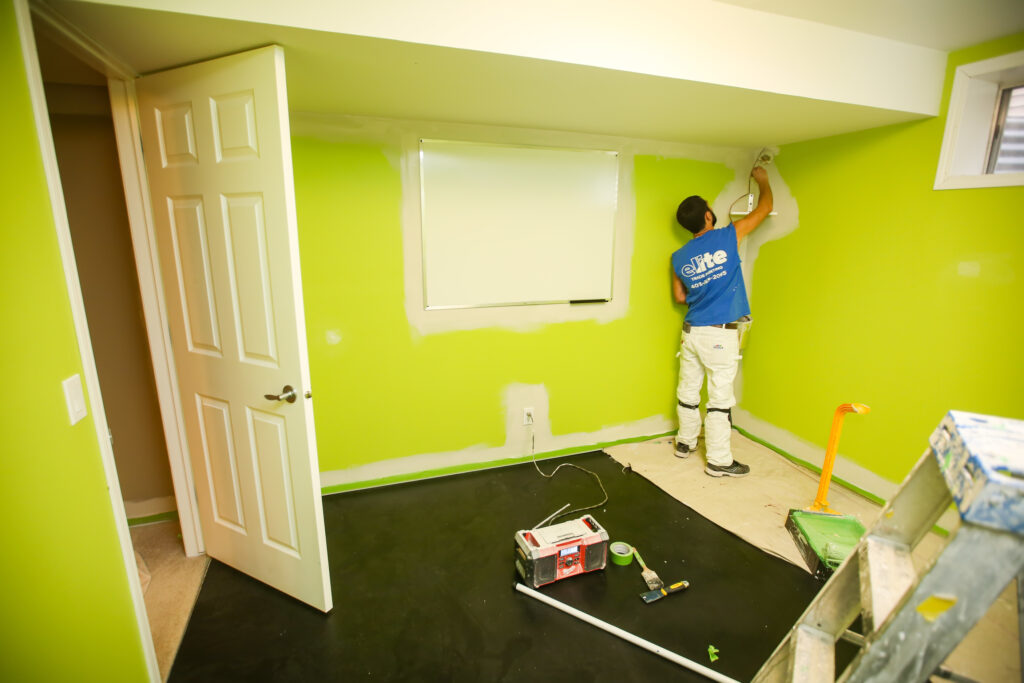
If you’re interested in having some painting work done on your home, business, or a property you own/manage, don’t hesitate to contact us.
We do free, no commitment estimates so you can get an idea of what the process would look like for you in terms of time and cost before you decide how you want to proceed.
